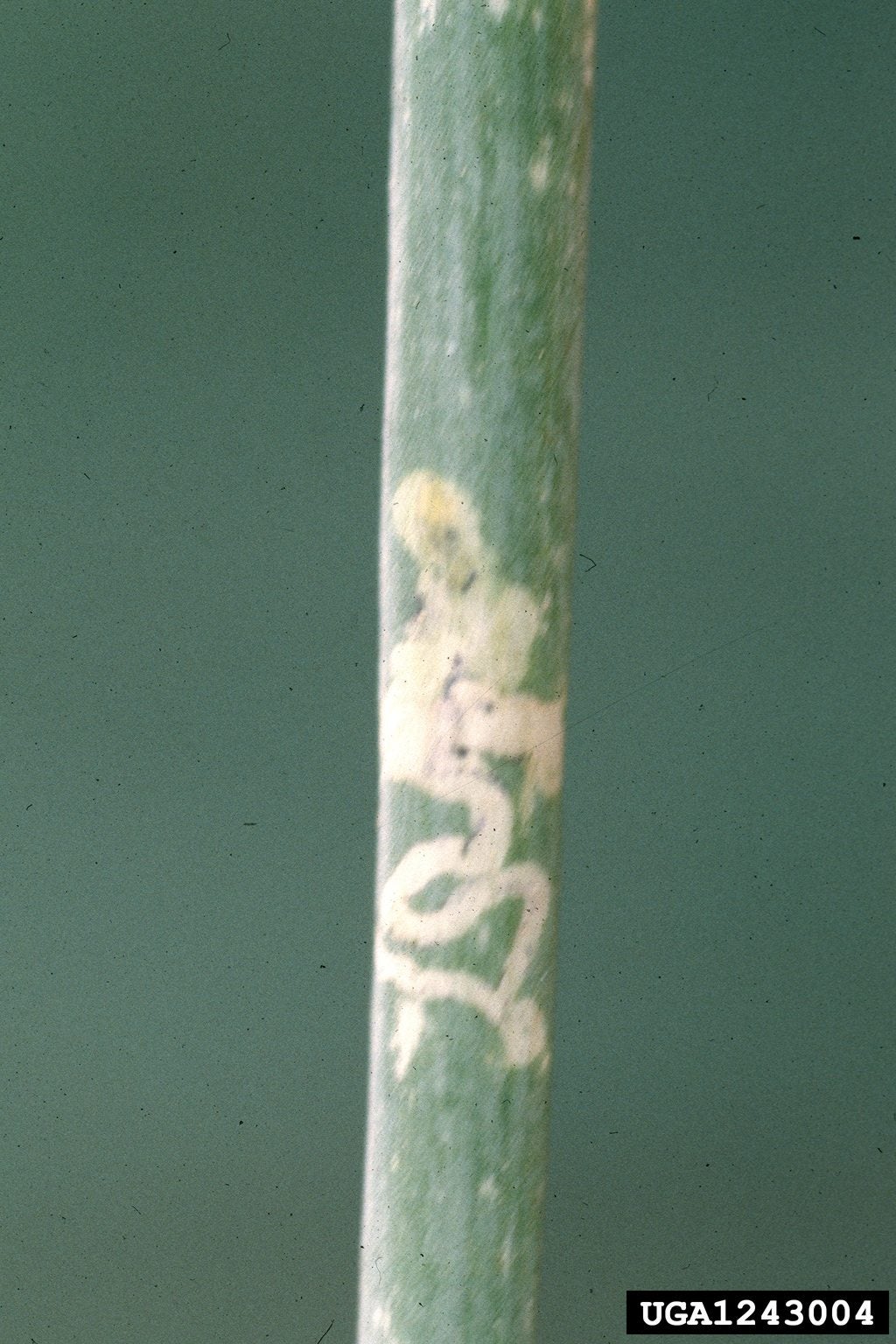Allium Plant Pests: Learn About Allium Leaf Miner Control


Allium leaf miners were first detected in the Western Hemisphere in December of 2016. Since then they’ve become a serious pest of onions and other alliums in Canada and the Eastern U.S. Find out about detecting and treating allium leaf miners in this article.
What are Allium Leaf Miners?
Allium leaf miners are tiny insects. During the larval phase, they can reach a length of one-third of an inch (1 cm.). Adults are only one-tenth of an inch (0.25 cm.) long. Even so, these pests can ruin crops of onions, garlic, leeks, and other alliums. Their tiny size makes allium leaf miner adults hard to identify on site. On close inspection, you may be able to see a bright yellow spot on their heads. The larvae are cream-colored grubs without heads. You’ll need magnification to see the cream-colored eggs. Since they are so tiny and difficult to see, it’s easier to identify the damage they do to your crop. As the insects feed on the leaves, they become wavy or shrunken. This is similar to the damage caused by using a sprayer that has previously been used to spray herbicides. To be sure, you can use yellow sticky traps to trap the adult flies. Although the traps reduce the adult population, they don’t completely control these allium plant pests. Understanding the allium leaf miner life cycle can help you protect your crop. They produce two generations each year. The adults emerge from the soil in late winter or early spring and inject eggs into the leaves. When they hatch, the tiny larva feed on the leaves, working their way toward the base of the plant. They eventually drop to the soil where they pupate through summer and emerge as adults in fall to lay the eggs for the next generation. The second generation pupates through the winter.
Allium Leaf Miner Control
Once you have a feel for their life cycle, treating for allium leaf miners is easier in that you’ll be better equipped at prevention. Rotate your crops so that you aren’t planting alliums where the insects may be pupating in the soil. Use row covers to prevent the insects from ever reaching your crops. Apply the row covers before the adults emerge or right after planting. Spinosad is a good insecticide for treating the adults, and it is relatively safe. Spray when the adults are flying. Yellow sticky traps can help you determine when the time is right. Read the entire product label and follow all safety precautions when using spinosad.
Sign up for the Gardening Know How newsletter today and receive a free copy of our e-book "How to Grow Delicious Tomatoes".

Jackie Carroll has written over 500 articles for Gardening Know How on a wide range of topics.